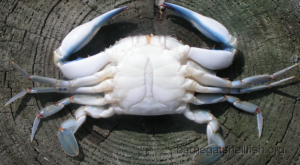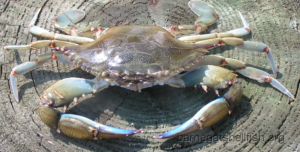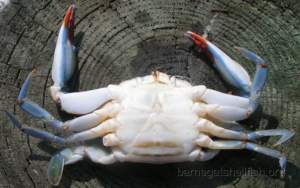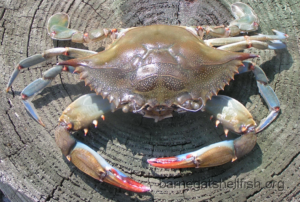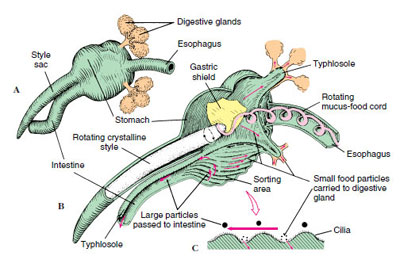
Barnegat Bay is home to several species of crabs, but the Blue crab is the most common and sought after.
Crabs Crustaceans
Atlantic Blue crab Callinectes sapidus Swimming crab
Although officially (and scientifically) they are the Blue Crab, many call them Blue Claw Crabs.
Of the wide variety of marine animals on the Atlantic Coast, none is more well-known by people, young and old, then the blue crab.
The crab’s abundance, beautiful coloration, pugnacious temperament and delicious flavor make it a favorite of recreational crabbers in New Jersey.
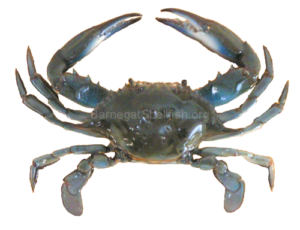 Crabs are classified in the phylum Arthropoda. This is the same phylum as insects and spiders, however crabs are in the subphylum Crustacea (crustaceans) along with lobsters, shrimp, prawn, crayfish and barnacles.
Crabs are classified in the phylum Arthropoda. This is the same phylum as insects and spiders, however crabs are in the subphylum Crustacea (crustaceans) along with lobsters, shrimp, prawn, crayfish and barnacles.
They are called “decapods“, meaning they have 10 legs. The front pair is modified with strong claws and in some species the rear pair is modified for swimming.
Fun Fact: The scientific name Callinectes sapidus comes from the Greek calli- = “beautiful“, nectes = “swimmer“, and Latin sapidus = “savory“
Blue crabs can be found throughout Barnegat Bay, its tributary rivers, streams, creeks, lagoons and tidal wetlands.
They prefer shallower brackish water but will venture almost anywhere there is food and shelter.
Blue crabs are most active from (about) April to November.
When the temperature start to fall they move to deeper water and burrow into the bottom (sand or mud).
They are ectotherms (cold blooded) and go dormant (not hibernate) until Spring.
Fun Fact: The average salinity of the bay is 25 ppt. Crab eggs require 30 ppt or higher to hatch. Females with eggs migrate to the ocean (or neat inlets) to release them.
Fun Fact – After about 12 to 18 months, a juvenile (immature) crab reaches maturity.
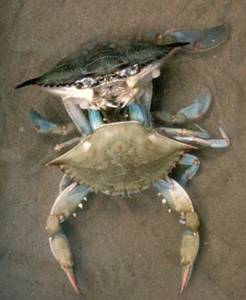 In the Spring, juveniles make their way into lower salinity waters along with males and females of all sizes to feed and grow.
In the Spring, juveniles make their way into lower salinity waters along with males and females of all sizes to feed and grow.
As part of the growth process in each crab a new shell is formed within the existing shell.
Eventually the size increases to the point where the soft body needs to slip out of the old shell, molt.
Once free of the old shell the crab expands its new shell by filling its body cavity with water.
After a few days the exoskeleton is hard, feeding resumes, fat reserves are restored and the excess water is replaced with muscle.
… more detailed information about molting is at <Blue Crab molting>
Fun Fact – Blue crabs go by many names, but some of the most popular are “jimmy” for a male, “sook” for an adult female and “sally” or “she-crab” for an immature female.
Female blue crabs differ from male crabs in that the tips of their claws are reddish orange in color as seen in the images below.
The shape of the abdomen is another way to identify individuals.

 Sook
Sook
After mating has completed the female is now mature and is called a sook.
The apron is “dome” shaped.
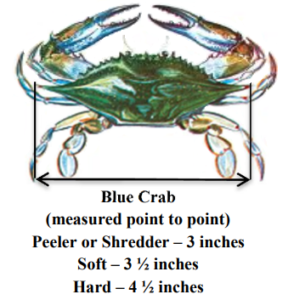 Crabbing is done commercially and as a recreational pastime.
Crabbing is done commercially and as a recreational pastime.
Here is the link to NJ Division of Fish & Wildlife webpage: (even they call them Blue Claw Crabs)
https://www.state.nj.us/dep/fgw/blueclaw.htm
Blue Claws: Crabbing in New Jersey
- Introduction
- Recreational Blue Crab Fishery
- Recreational Crabbing Techniques
- Cooking and Picking Crabs
- Recreational Crabbing Regulations
